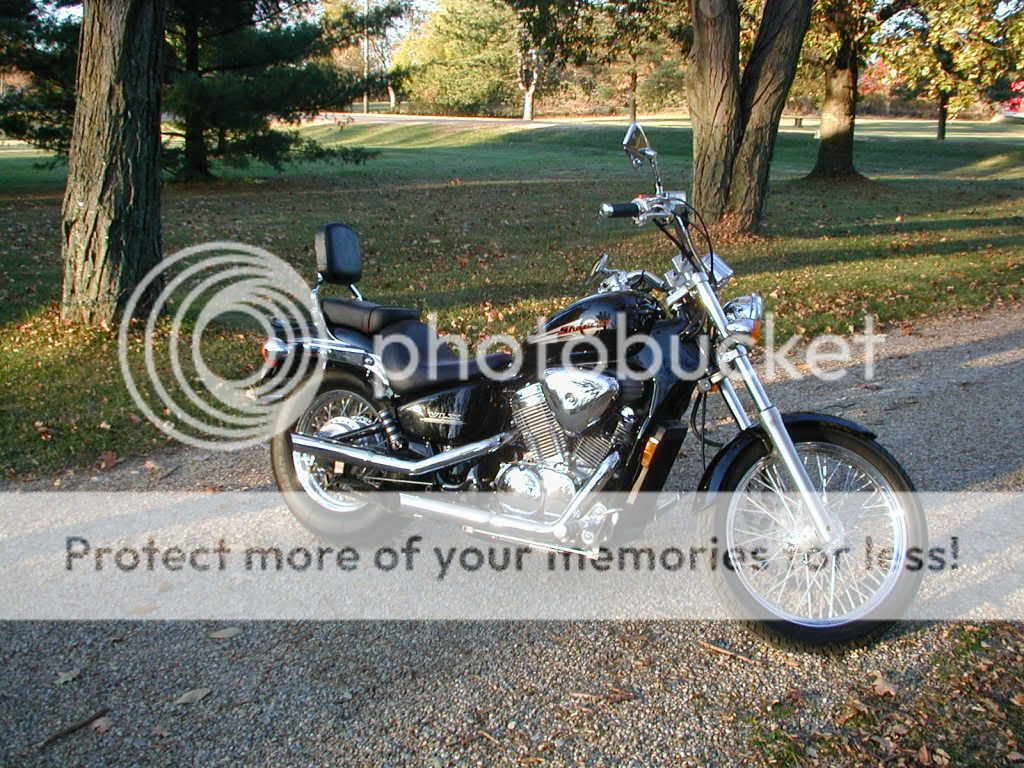From what I've found on all the forums etc on the net, i belive the VT1100 has Keihin carbies. There is a lot of discussion about seating the a/f screw then backing out so many turns. ...Ok here's the dumb question. Where is the a/f screw.?
i know the front cylinder on the bike is playing up, backfire etc while idle then snap the throttle. Also the back cylinder seems to be idling ok and i think i'm getting the correct 'put-put' sound out of the exhaust. The other cylinder seems to be colder when you put your hand over the exhaust outlet. Not the metal bit, that would be just stupid.
also if I rev it a bit it also gives a backfire.
I' guessing there is a problem with the air/fuel mixture. If i'm wrong i'd love to hear from someone who knows the answer.
--keep smiling, it makes others wonder what you've been up to.
i know the front cylinder on the bike is playing up, backfire etc while idle then snap the throttle. Also the back cylinder seems to be idling ok and i think i'm getting the correct 'put-put' sound out of the exhaust. The other cylinder seems to be colder when you put your hand over the exhaust outlet. Not the metal bit, that would be just stupid.
also if I rev it a bit it also gives a backfire.
I' guessing there is a problem with the air/fuel mixture. If i'm wrong i'd love to hear from someone who knows the answer.
--keep smiling, it makes others wonder what you've been up to.





